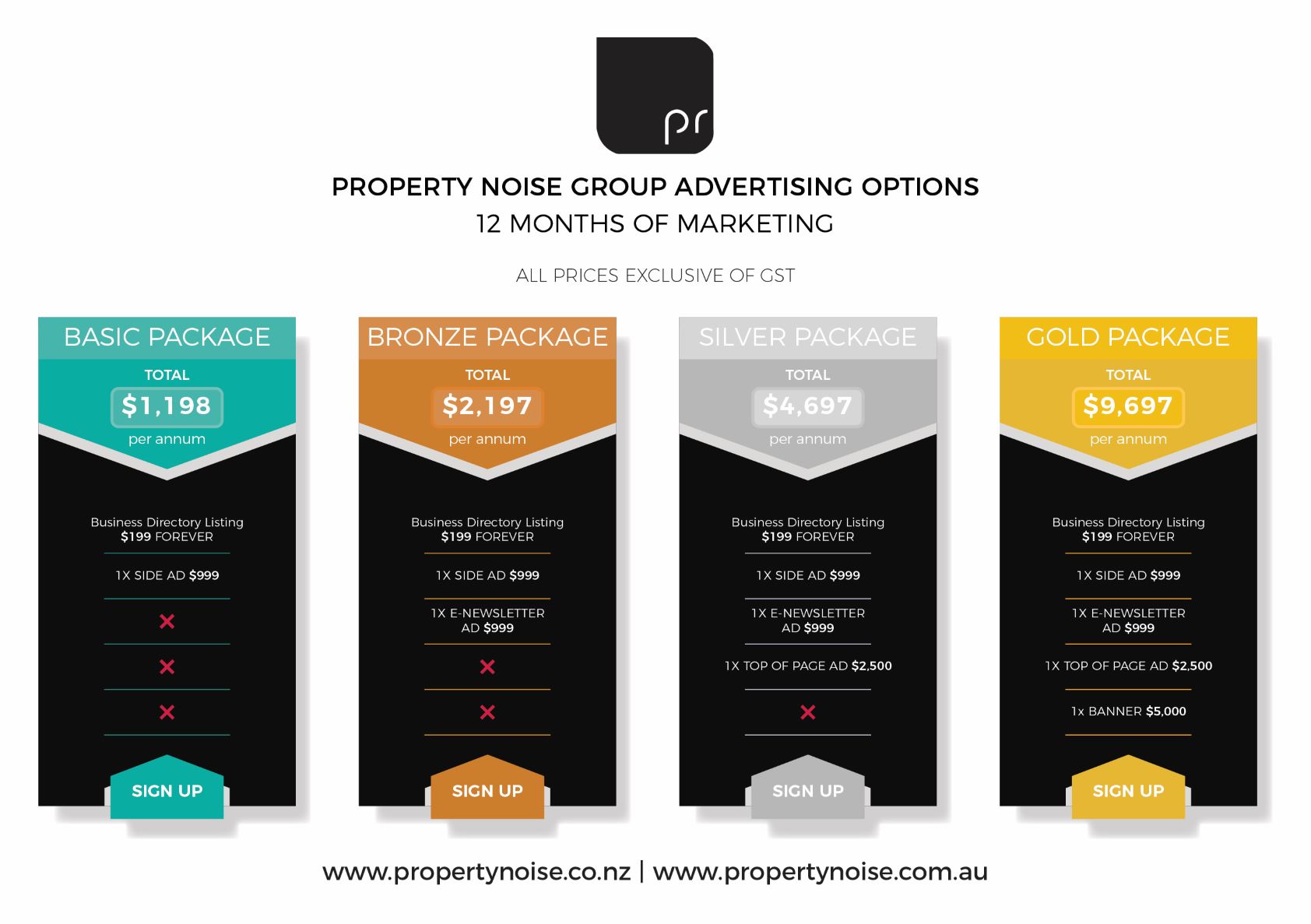PHOTO: Ray White Chief Economist Nerida Conisbee
Australian Housing Market Records First Decline in 22 Months Amid Rising Interest Rates
For the first time in nearly two years, Australian house prices have fallen, marking a pivotal shift in the country’s property market. December saw a dip in prices as higher interest rates and worsening affordability constraints began to take their toll on buyer demand.
Ray White Chief Economist Nerida Conisbee shared her insights on the development during an interview with Bloomberg TV, highlighting the likelihood of further cooling in Australia’s housing market throughout 2025.
Australian house prices could plunge as more face mortgage stress | WATCH
The Factors Behind the Decline
After a 22-month streak of price growth fueled by low interest rates and strong demand, the housing market has entered a phase of correction. Several factors have contributed to this downturn:
- Rising Interest Rates:
The Reserve Bank of Australia (RBA) has raised interest rates multiple times over the past year in a bid to curb inflation. Higher mortgage rates have significantly reduced borrowing capacity, deterring many potential buyers. - Affordability Constraints:
As property prices surged during the boom, affordability became a growing issue for buyers, particularly first-home purchasers. The combination of elevated prices and increased mortgage costs has pushed many out of the market. - Weaker Buyer Sentiment:
Rising living costs and economic uncertainty have made buyers more cautious, reducing demand in key markets.
Nerida Conisbee’s Outlook for 2025
Speaking to Bloomberg TV, Conisbee pointed to several indicators suggesting that the market may continue to cool this year. “The combination of higher borrowing costs and affordability pressures is likely to keep buyer demand subdued,” she said.
Conisbee noted that while price declines are not expected to be drastic, the cooling effect will likely vary by region, with metropolitan areas feeling the impact more acutely than rural or coastal regions.
“Markets that saw the sharpest increases during the boom are now most vulnerable to corrections,” Conisbee added, citing cities like Sydney and Melbourne as examples.
Implications for Buyers and Sellers
- For Buyers:
The current downturn may present opportunities for those who were previously priced out of the market. Lower prices could offer a chance to enter the market, especially if further cooling occurs. However, higher interest rates remain a challenge. - For Sellers:
Vendors may face increased competition and longer selling times as buyer demand weakens. Pricing strategies will be crucial to achieving sales in a cooling market.
Regional Trends and Variations
While national prices have declined, the impact varies significantly across regions. Coastal and lifestyle markets that experienced extraordinary growth during the pandemic remain relatively resilient, though signs of slowing demand are emerging.
Conversely, capital cities like Sydney and Melbourne, which saw rapid price escalations, are leading the downturn. Regional areas with more affordable options may experience less pronounced corrections.
What’s Next for the Housing Market?
Experts suggest that the direction of Australia’s housing market will largely depend on:
- Future RBA Decisions: If inflation moderates, the RBA may pause or even reduce interest rates, potentially easing affordability pressures.
- Economic Stability: Improvements in economic conditions and consumer confidence could support housing demand.
- Supply Factors: Increased housing supply, driven by new construction, may also play a role in stabilizing prices.
The December decline in Australian house prices signals a turning point after nearly two years of unprecedented growth. While the cooling market presents challenges for sellers, it also offers opportunities for buyers to re-enter the market. As 2025 unfolds, all eyes will be on interest rates, affordability trends, and regional market dynamics to determine the trajectory of Australia’s housing sector.
















